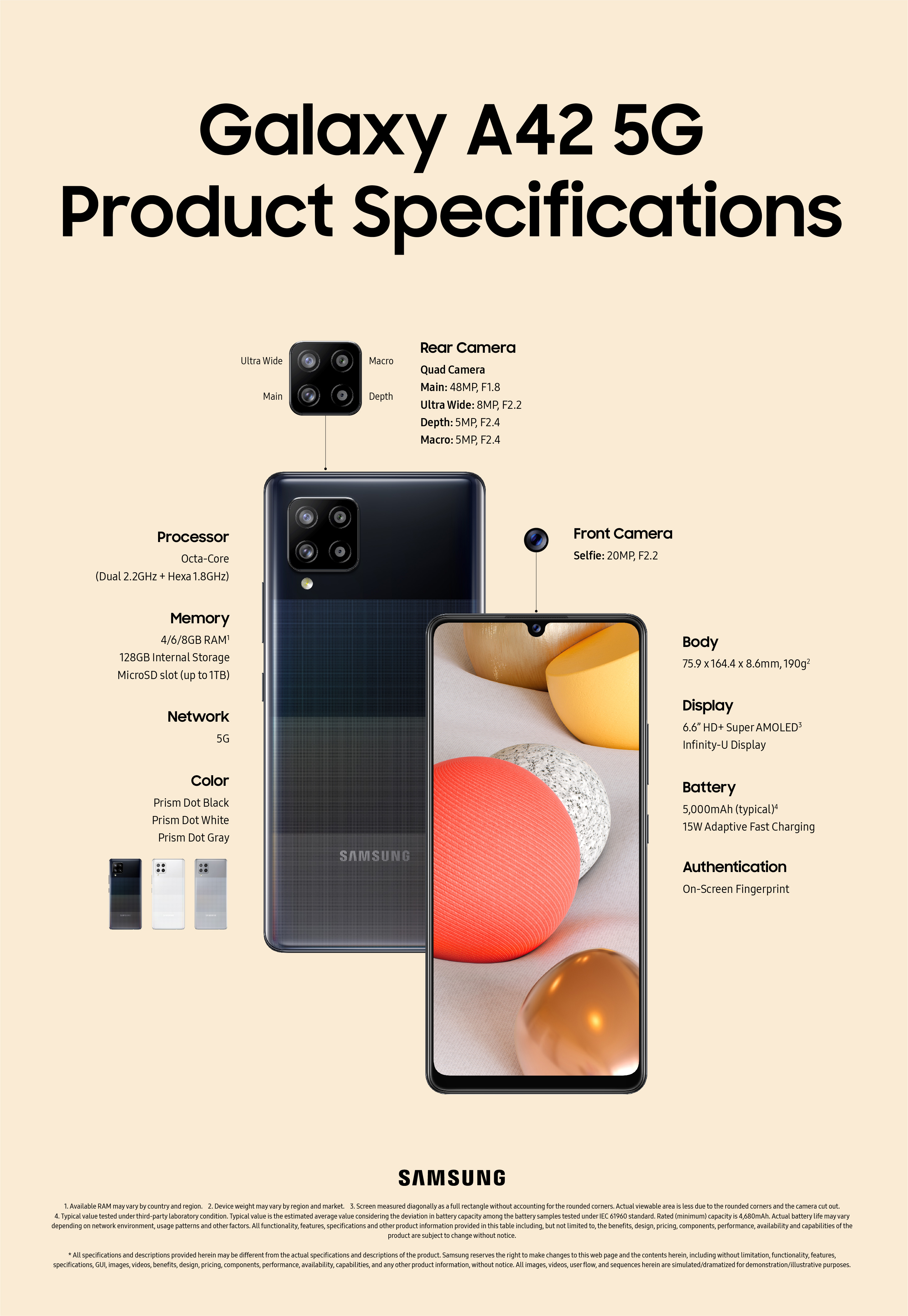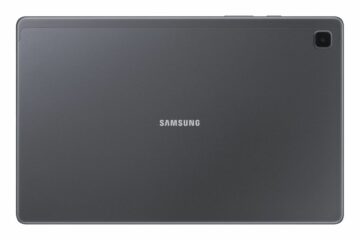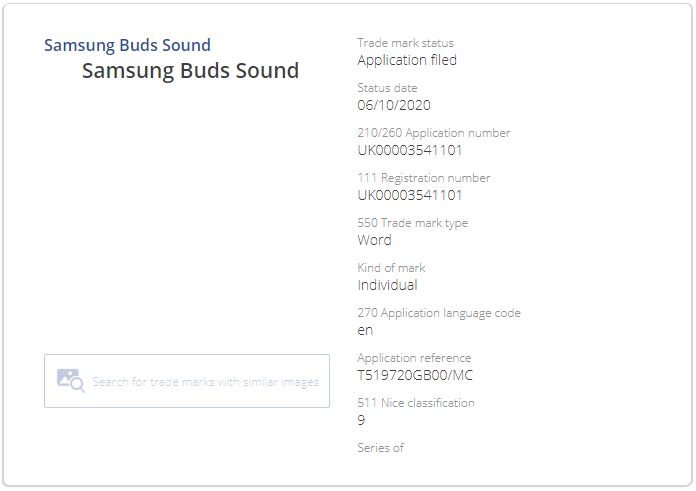Samsung released its earnings guidance for Q3 2020 today. The company is projecting revenues of 66 trillion Korean won or around $57 billion and 12.3 trillion won or around $10.6 billion in operating profit for the quarter. This will represent an impressive 58 percent increase in operating profit compared to the same period last year.
The company’s operating profit in Q3 2019 was $6.71 billion, a steep 56 percent decline over its record-breaking Q3 2018 profit of $16 billion. Samsung’s balance sheet was dented over the course of the previous year due to a decline in earnings from the semiconductor division. Memory chip prices continued to fall due to a supply glut and demand didn’t pick up.
So Samsung focused on increasing its earnings from other divisions, particular mobile. The mobile division saw a 32 percent increase in operating profit in Q3 2019 compared to a year ago. Samsung has continued to diversify its product lineup throughout 2020 and has also capitalized on the opportunity provided by Huawei’s troubles with the US government.
As part of the earnings guidance it released today, Samsung hasn’t provided a breakdown of how each division has performed. That will come when the full earnings result is released in the next few weeks. However, analysts are of the view that the stellar performance of this past quarter can be attributed to strong mobile, chip and memory sales. According to some analysts, the mobile division is actually expected to post its biggest profit in at least four years.
Samsung has taken a number of steps over the past year to improve the performance of its mobile division. It has launched more aggressively priced mid-range and low-end phones to capture market share that was lost to Chinese rivals. It has also launched more premium models and created a new niche of expensive foldable smartphones.
The company has also benefitted from Huawei’s troubles. The Chinese giant has effectively been handed a death sentence by the US government. It’s access to Android and crucial hardware like chipsets and memory has been cut off. Customers are now reluctant to buy Huawei phones because there’s no clarity on whether it will be in a position to continue providing sales and services.
Geopolitical tensions between India and China have also played in Samsung’s favor. Anti-China sentiment has gripped the country and as a result, many consumers are effectively boycotting Chinese products. Samsung lost a lot of market share in India to Chinese manufacturers like Huawei, Oppo, Xiaomi, Vivo and more. It has taken full advantage of this opportunity by going after customers in the affordable segment with aggressively priced handsets made specifically for the Indian market.
Huawei’s troubles have also helped Samsung’s chip division. After it became evident that the US government would also cut off Huawei’s access to these components, Huawei rushed to stockpile chips from Samsung. It’s now staring at the face of the possibility that it will eventually run out of chips and will no longer be able to source them for new smartphones. Huawei has also been pushed out of the 5G equipment race in most countries and Samsung has swooped in to win over those customers as well. Only recently it signed a contract worth more than $6 billion to supply network equipment to Huawei.
All this and more have contributed to the windfall profits that Samsung is projecting for Q3 2020 but that’s not to say there won’t be any challenges going forward. It’s entirely possible that Samsung will be unable to sustain this profit level in Q4 2020. Most people that wanted to buy its Galaxy Note 20 flagships and the Galaxy Z Fold 2 have already done so. It’s also going to see increased competition in this market now as Apple gears up to launch new iPhones in the near future.
This will likely result in an increase in marketing expenses for the mobile division which is obviously going to impact its bottom line. Samsung has traditionally increased its marketing spend over the course of the holiday season. While it took in money hand over fist when Huawei was stockpiling chips, as of mid-September it can no longer sell ships to Huawei, effectively losing one of its biggest customers.
Samsung has applied for a license from the US government to continue supplying chips to Huawei but there’s no indication of one being granted. There’s also the issue of demand for memory chips not recovering. That’s going to keep prices down in the fourth quarter thereby limiting the ability of Samsung’s cash cow to bring in more money.
Even as demand for its more premium devices falls, Samsung will now be counting on the Galaxy S20 FE to do well. Given how aggressively it has been priced in key markets the Galaxy S20 FE has the potential of capturing market share that was previously lost to rivals like OnePlus. It better do that because Samsung has no other flagships left to release in 2020.
The post Samsung expects a 58% profit jump now but it may be difficult to hold on to appeared first on SamMobile.
from SamMobile https://ift.tt/30FP9S0
via
IFTTT












